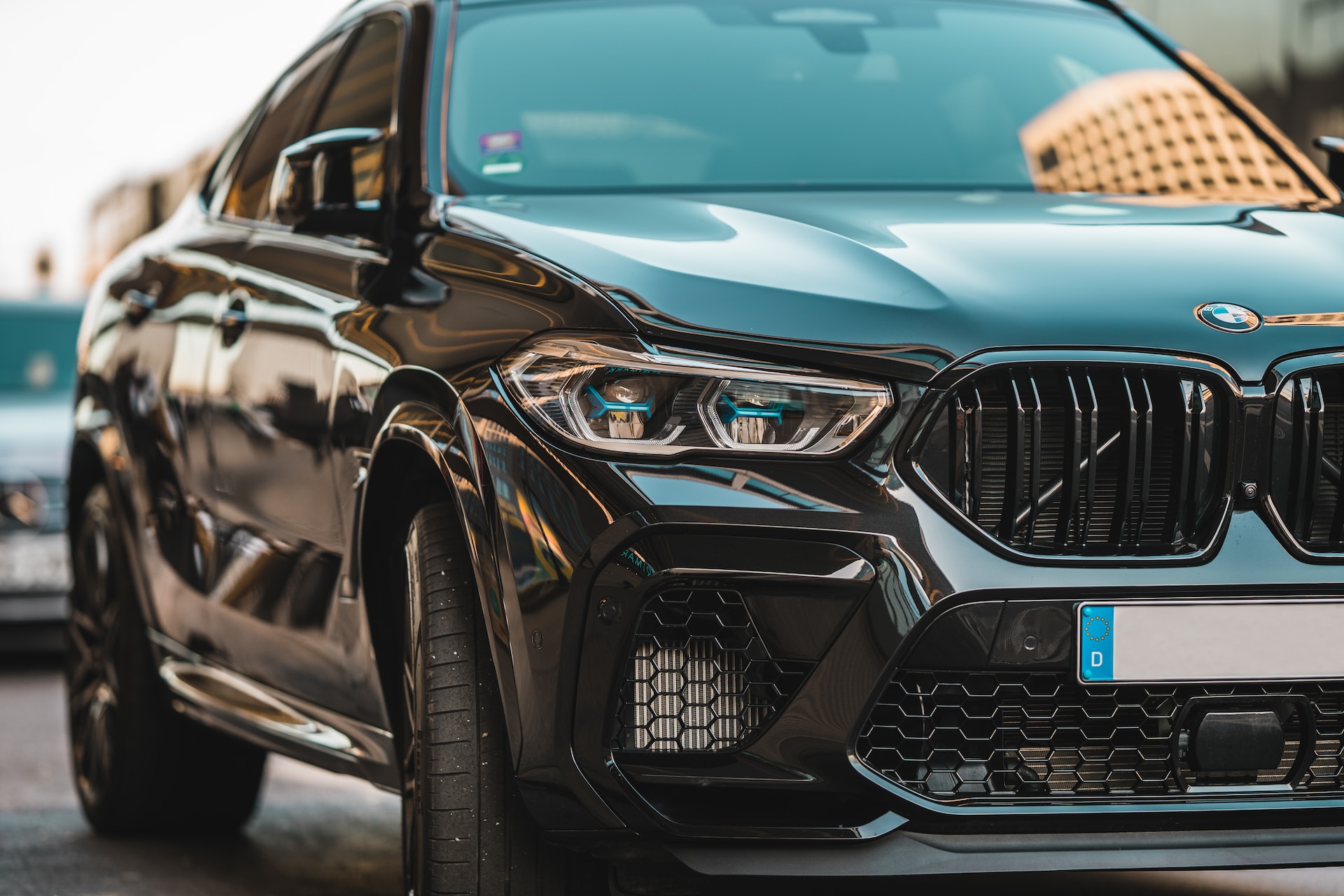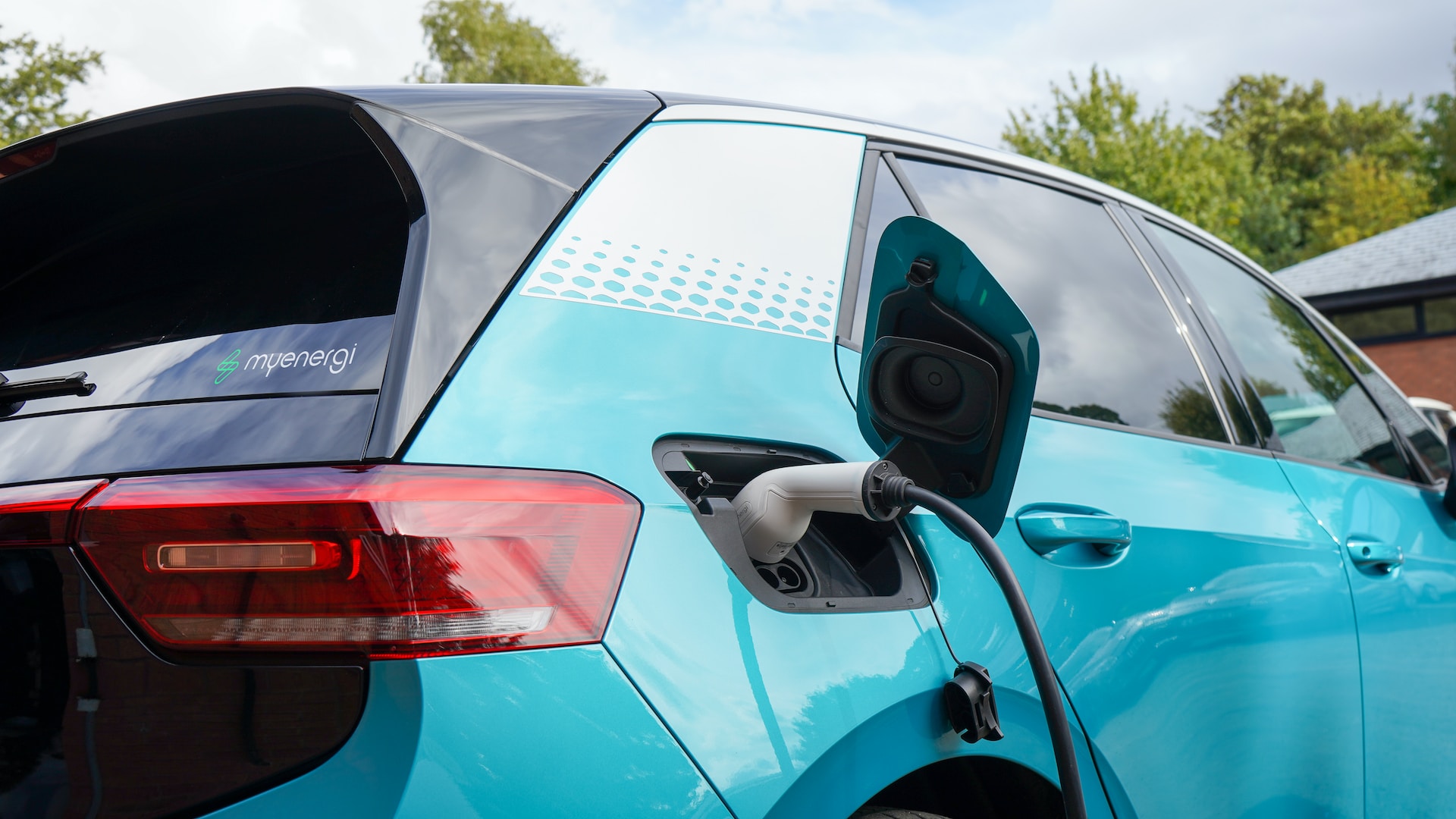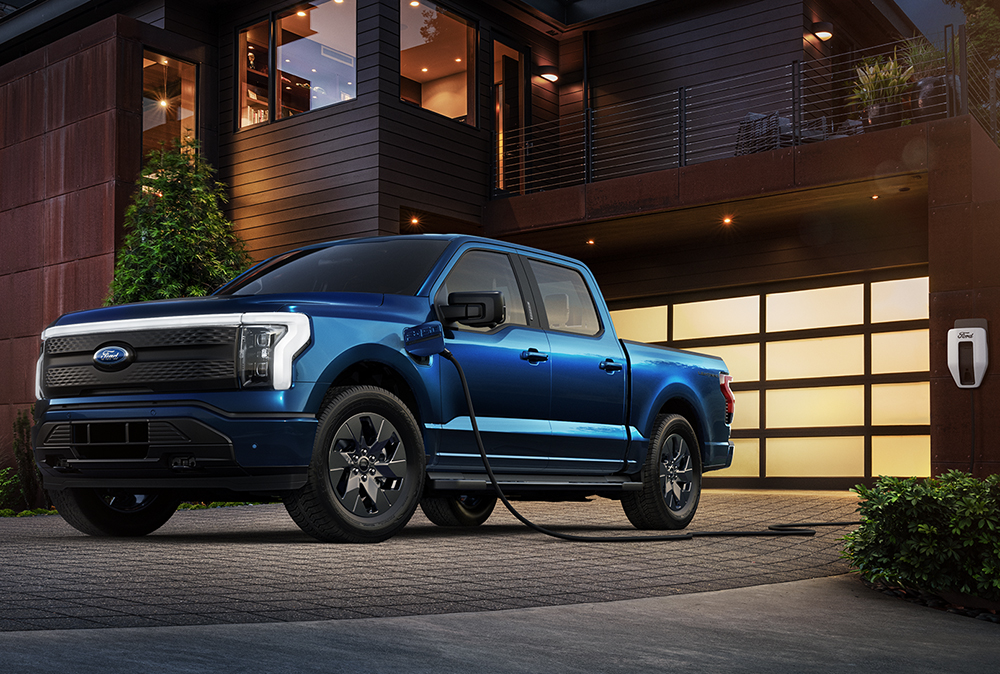The race to achieve fully autonomous driving has been a long and bumpy one, but Elon Musk’s Tesla has been at the forefront of this endeavor. The company’s ambitious goal to have a fleet of fully self-driving cars on the roads by the end of this year has been met with both skepticism and excitement. However, as Tesla’s self-driving capabilities continue to make headlines, questions arise about the safety, reliability, and feasibility of the technology.
Tesla’s Autopilot system has been in the market since 2015, and it has been evolving ever since. The system uses a combination of sensors, cameras, and radar to assist drivers with tasks like changing lanes, maintaining speed, and braking. Tesla has been testing its self-driving technology on public roads since 2016, and in late 2020, the company released a beta version of its Full Self-Driving (FSD) system to a select group of customers.
The FSD system is designed to enable a Tesla vehicle to operate autonomously, without any human intervention. Tesla’s CEO, Elon Musk, has been vocal about his belief that the company’s FSD technology is already better than a human driver. However, many experts in the industry are skeptical about this claim, as the technology is still in its nascent stage, and there have been several accidents involving Tesla’s Autopilot system.
One of the major concerns with Tesla’s self-driving technology is its safety. The National Highway Traffic Safety Administration (NHTSA) has investigated several accidents involving Tesla’s Autopilot system, and some of these accidents have resulted in fatalities. In one such accident, a Tesla Model S crashed into a tractor-trailer, killing the driver. The NHTSA found that the driver had been using the Autopilot system at the time of the accident and that the system had failed to recognize the truck.
Another concern is the reliability of the technology. Tesla’s FSD system is still in beta, which means it is not a finished product. The system has been known to make mistakes, such as mistaking a stop sign for a yield sign or failing to recognize a pedestrian. Critics argue that this technology is not ready for public use, and that it needs to undergo more rigorous testing and development before it can be trusted on the roads.
Despite the concerns, Tesla has continued to push forward with its self-driving technology. The company recently announced that it will be opening up its FSD beta program to more customers in the coming weeks. Tesla has also announced plans to launch a ride-sharing service using its self-driving cars, which could potentially disrupt the traditional taxi and ride-hailing industries.
Tesla’s self-driving dream is a bold one, and it has the potential to revolutionize the way we think about transportation. However, the technology is still in its infancy, and there are many hurdles that need to be overcome before it can become a reality. Tesla’s approach to self-driving technology is certainly a gamble, and only time will tell if it will pay off.











